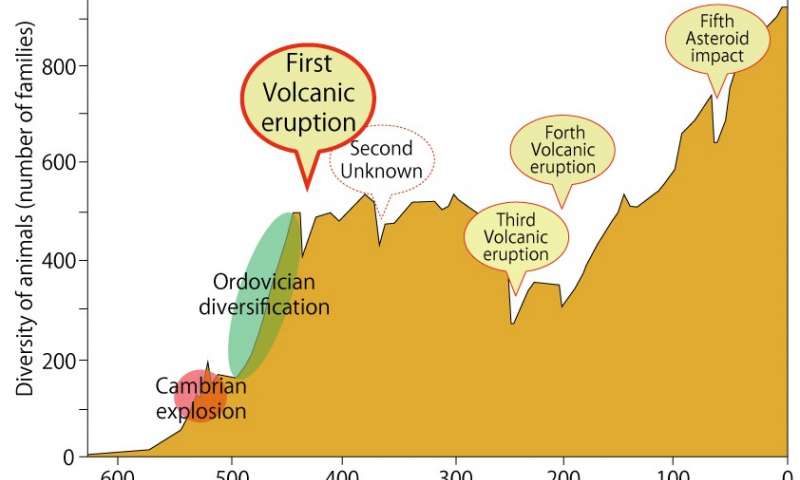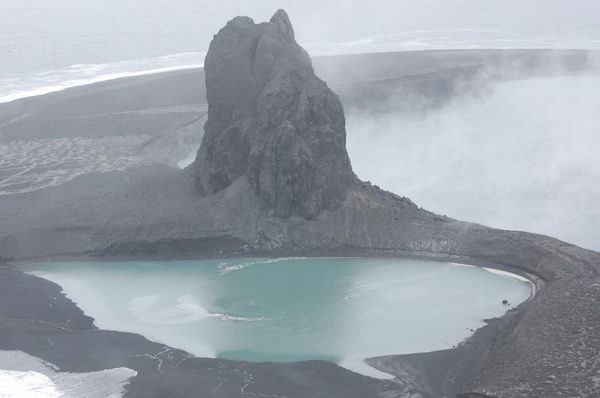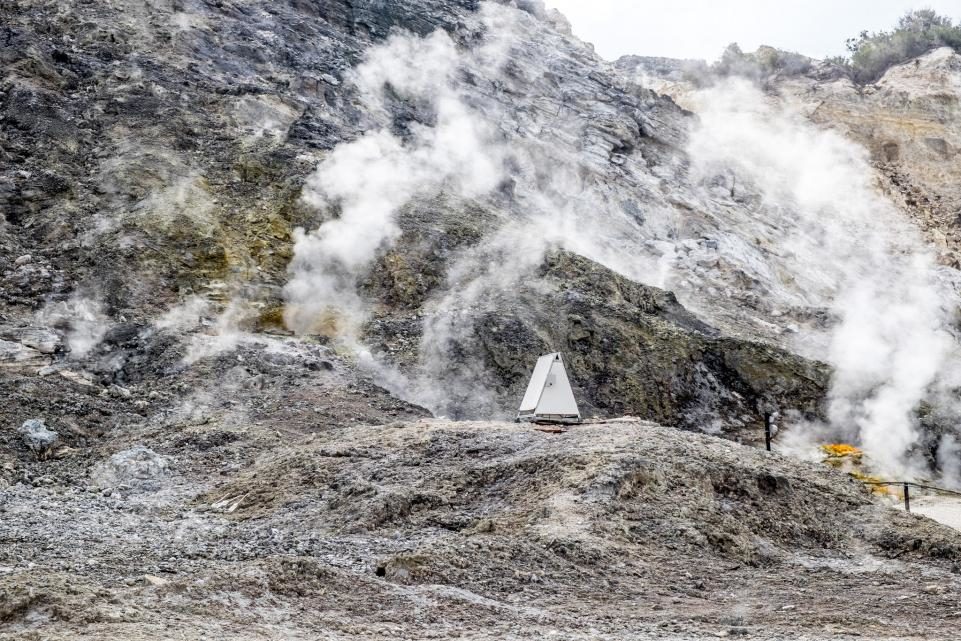
© HUHNMI/CC BY 2.0Volcanoes on Russia’s Kamchatka Peninsula
It was summertime when the Ksudach volcano erupted on the Kamchatka Peninsula in Russia's Far East 7,000 years ago. The violent explosion propelled its ash high into the atmosphere, where it drifted over North America before landing 3,100 miles away on the surface of Lake Hajaren in Svalbard, Norway, and settling to the bottom. Just enough remains for scientists to find some of this ash in a sediment core from the lake. It's not much, but it is helping geologists reassess just how far volcanic ash can travel, as well as piece together climate conditions when Ksudach erupted, according to
a recent report.
"In the end, we found and analyzed six particles with less than half the width of a human hair," said Willem van der Bilt, a coauthor of the report and a researcher at the University of Bergen in Norway, in a press release. Those six particles were found in a sediment core pulled from the middle of Lake Hajaren,
separated out, and then chemically analyzed. Based on where they found the particles in the core, van der Bilt's team guessed they were roughly 7,000 years old, but did not know yet which volcano they had come from.
"Like human DNA, the composition of volcanic ash is unique. Geochemical analysis help us fingerprint this signature and match it with an eruption," said van der Bilt. The team had a few eruptions in mind, including Mount Mazama, the volcano that formed Crater Lake in Oregon, or the Kikai volcano in Japan. But
the Svalbard ash was virtually identical to ash from Ksudach's eruption around that time. That makes it the farthest-traveled ash so far known.



Comment: Signs of activity surface at Mount St. Helens as 10th anniversary of last eruption nears